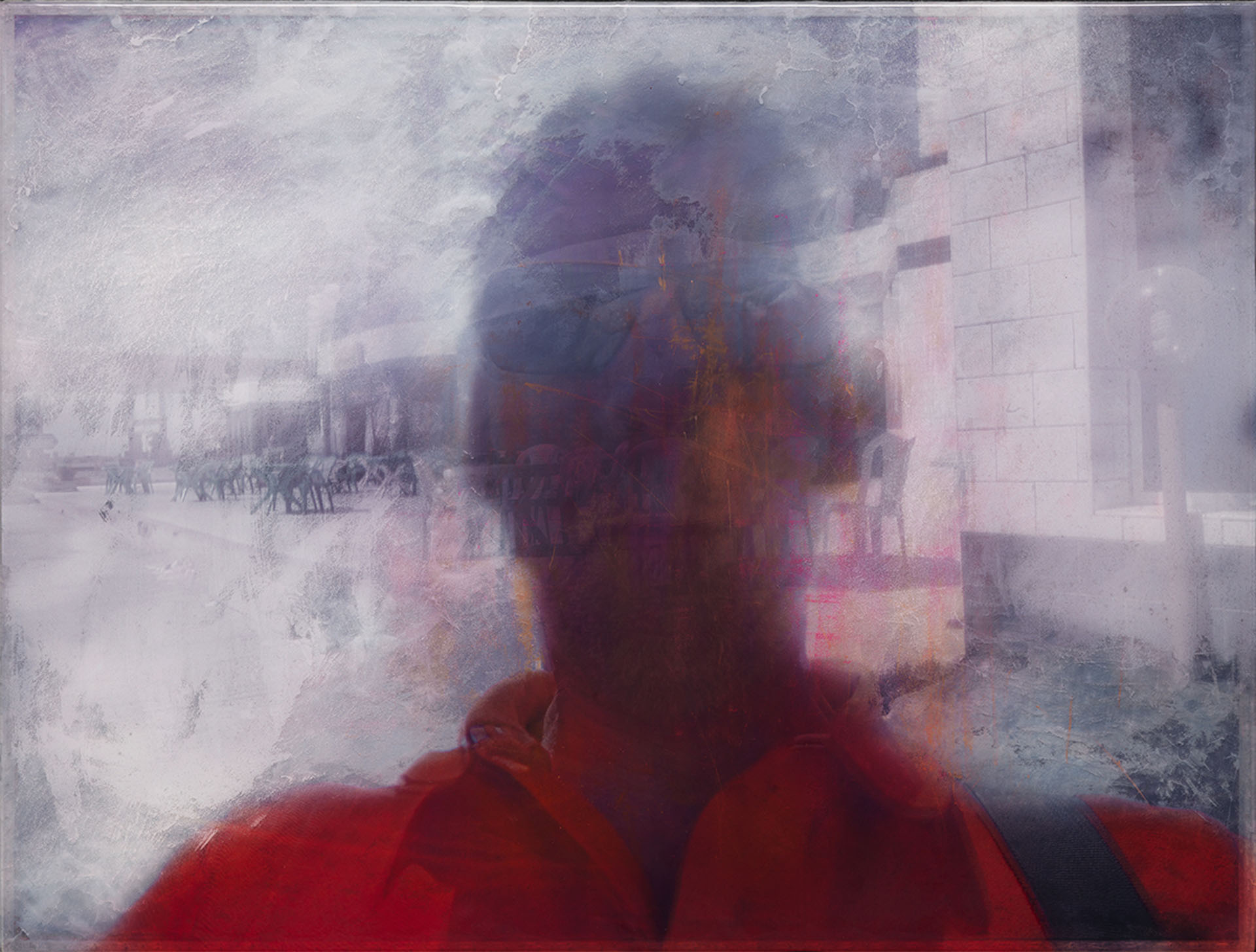
Stanislaw Lewkowicz (1956, Hoensbroek, The Netherlands) studied at the Academy of Fine Arts in Utrecht, The Netherlands. His photographs/lithographs are indistinct hybrid art works in a way that they have an intimate feel. At the same time they distance themselves from the viewer, and perhaps even the artist.
The technique of lithography gives Lewkowicz a chance to work with his hands on the original photograph. In this way, his technique is a mechanism for Lewkowicz to plunge himself deeper in his subject matter, an engagement that starts personal but transforms itself to refer beyond himself to more general conditions of society. The photograph is thus the perfect image of personal detachment and the beginning of Lewkowicz’s focus on working towards the lithographic end-result that shows the people’s collective interest in most of the time cultural achievements or memories of the past. A cool result that comes from Lewkowicz’s technique of working the photographic origins with his lithographic technique with the image, making it a merger between photography and lithography, or even the blurring of figuration and abstraction, that captures the literally and conceptually meaning of his work at the same time.
At the age of 16, Lewkovicz started as a fresh deck cadet for the shipping line the Koninklijke Java China Pakketvaart. From Durban (South Africa) where he was stationed, he was booked on to the giant freighters and even merchant marine ships. After Lewkowicz finished his studies in Utrecht, he continued his education at the Academy of Warsaw in Poland but was forced to leave due to the explosive political situation in Poland and subsequently the closure of the university. Lewkowicz travelled for a couple of years through Europe, working as a farm or land labourer, sometimes even industrial worker, or even as an employee for a British Railway company. After this life as a wandering labourer, Lewkowicz settled in Amsterdam where he still lives and works. Lewkowicz comes from a Jewish Polish family that has its roots in Lwow (Lemberg), the current Lviv in the Ukraine, and Przemyśl, a city in southeastern Poland near Lwów. During the Second World War, Mieczysław Lewkowicz, Lewkowicz’s father was arrested in a raid when he was merely 13-year-old. Liberated by the American army, Lewkowicz’ father settled at the end of the war in South Limburg as stateless citizen.
Picturing subjects as diverse as Russian immigrant workers who are enjoying a free afternoon on the beach on the west coast of the Island of Elba, amid mostly Italian tourists (LES BAIGNEURS, Je ne sais plus d’où aller, 2012) and autumn leaves (Novemberdagen, 2010), the different bodies of his work relate to each other, gradually evolving over the years.
In addition to his work, Lewkowicz’s work includes assignments for the public space. Overwhelming and sublime projects include the Arrival Hall 3 for Schiphol airport (1995), the mist sculpture for the Dutch Embassy in Berlin (2004) in conjunction with architect Rem Koolhaas, the Starry Sky for the municipality of Veenendaal (2007), the lonely corner in Capelle aan de IJssel (2009) and the 1 mile long Bells Ribbon in Berkel Rodenrijs (2006-2011). In 2013, tracing time and modernity, Lewkowicz realized a 104-meters long new light sculpture at the A50 highway which resembles a fata morgana in the flat landscape near Eindhoven. With the help of cameras Lewkowicz beams the traffic movements.